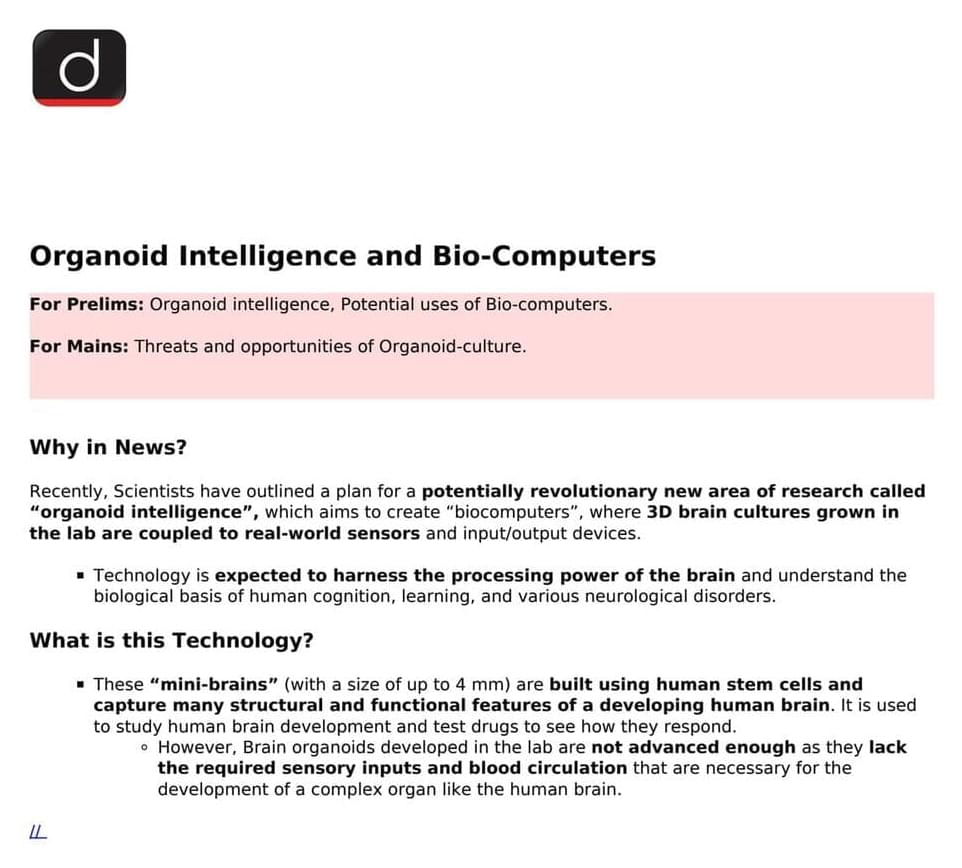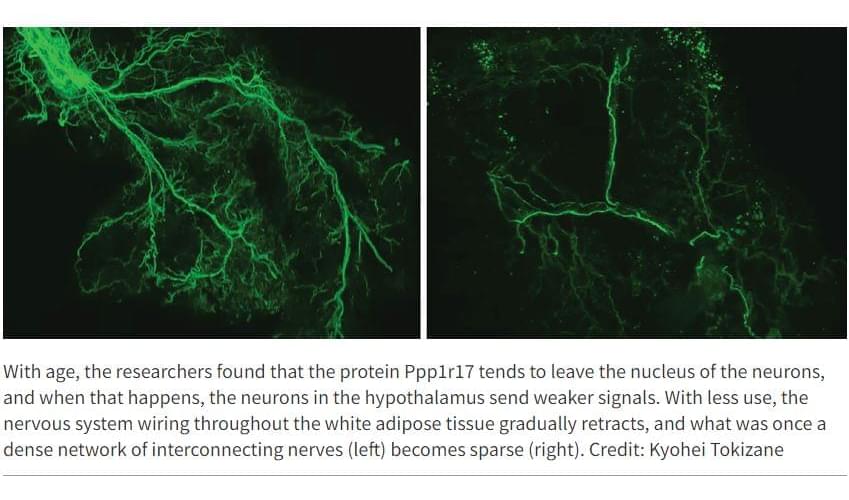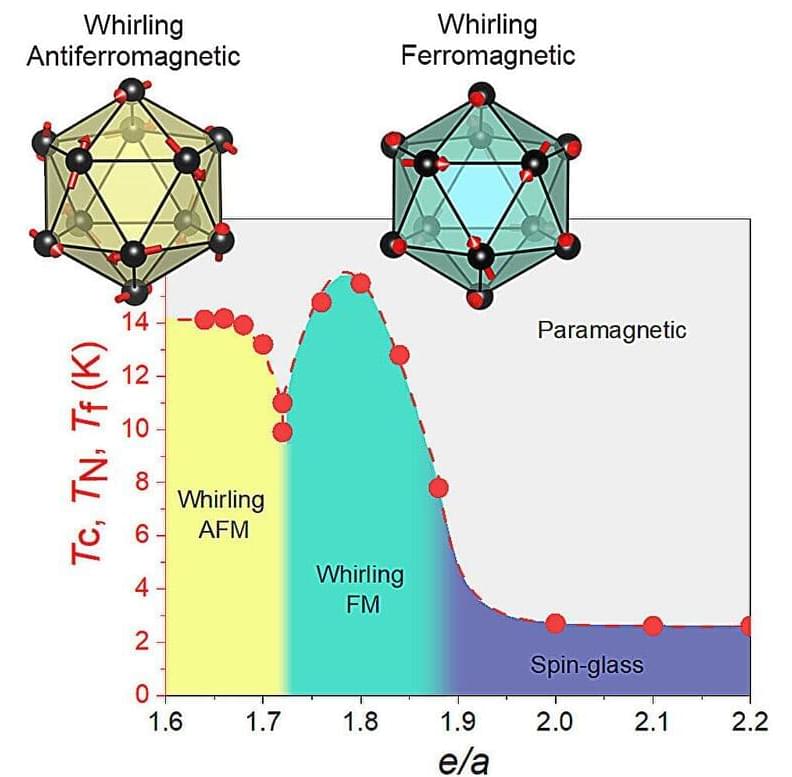This feels inevitable.
They’re two great tastes that taste great together. Or rather, they’re two technologies that, put together in collaborative ways, are becoming much more powerful!
Marvin Minsky famously said that the brain is not one computer, but several hundred computers working in tandem. If that’s true, ChatGPT’s cognitive power just got a boost with the creation of a Wolfram Alpha plug-in that allows for the two systems to send and receive natural language input, so that ChatGPT systems can utilize a different system of symbolic representation that had already been pioneered before the days when we could just ask a computer to write an essay.
We heard early this year that teams were working on this merge, and it’s been interesting to the AI community. Now it’s come to fruition.
Recent advances in generative AI help to explain how memories enable us to learn about the world, relive old experiences and construct totally new experiences for imagination and planning, according to a new study by UCL researchers.
The study, published in Nature Human Behaviour, uses an AI computational model —known as a generative neural network—to simulate how neural networks in the brain learn from and remember a series of events (each one represented by a simple scene).
The model featured networks representing the hippocampus and neocortex, to investigate how they interact. Both parts of the brain are known to work together during memory, imagination and planning.
When neurons are activated in the hippocampus, not all are going to be firing at once.
Think of a time when you had two different but similar experiences in a short period. Maybe you attended two holiday parties in the same week or gave two presentations at work. Shortly afterward, you may find yourself confusing the two, but as time goes on that confusion recedes and you are better able to differentiate between these different experiences.
New research published in Nature Neuroscience reveals that this process occurs on a cellular level, findings that are critical to the understanding and treatment of memory disorders, such as Alzheimer’s disease.
Dynamic engrams store memories
In recent years, research has begun to reveal that the lines of communication between the body’s organs are key regulators of aging. When these lines are open, the body’s organs and systems work well together. But with age, communication lines deteriorate, and organs don’t get the molecular and electrical messages they need to function properly.
A new study from Washington University School of Medicine in St. Louis identifies, in mice, a critical communication pathway connecting the brain and the body’s fat tissue in a feedback loop that appears central to energy production throughout the body. The research suggests that the gradual deterioration of this feedback loop contributes to the increasing health problems that are typical of natural aging.
The study—published in the journal Cell Metabolism—has implications for developing future interventions that could maintain the feedback loop longer and slow the effects of advancing age.
The discovery of a second ultra-large structure in the remote universe has further challenged some of the basic assumptions about cosmology.
The Big Ring in the Sky is 9.2 billion light-years from Earth. It has a diameter of about 1.3 billion light-years, and a circumference of about 4 billion light-years. If we could step outside and see it directly, the diameter of the Big Ring would need about 15 full moons to cover it.
It is the second ultra-large structure discovered by University of Central Lancashire (UCLan) Ph.D. student Alexia Lopez who, two years ago, also discovered the Giant Arc in the Sky. Remarkably, the Big Ring and the Giant Arc, which is 3.3 billion light-years across, are in the same cosmological neighborhood—they are seen at the same distance, at the same cosmic time, and are only 12 degrees apart in the sky.
A study pitting human children against large language models in basic reasoning problems revealed AIs to have one big blind spot: innovation.
On Thursday, OpenAI and ASU announced the first-of-its-kind partnership, which has reportedly been in the works for six months.
Students, professors, and researchers are set to get access to the tech in February. The university plans to build personalized AI tutors and avatars for students and expand its prompt engineering course.
In a press release, Arizona State University said the partnership would set a new precedent for how universities “enhance learning, creativity and student outcomes.”
Quasicrystals are intermetallic materials that have garnered significant attention from researchers aiming to advance condensed matter physics understanding. Unlike normal crystals, in which atoms are arranged in an ordered repeating pattern, quasicrystals have non-repeating ordered patterns of atoms.
Their unique structure leads to many exotic and interesting properties, which are particularly useful for practical applications in spintronics and magnetic refrigeration.
A unique quasicrystal variant, known as the Tsai-type icosahedral quasicrystal (iQC) and their cubic approximant crystals (ACs), display intriguing characteristics. These include long-range ferromagnetic (FM) and anti-ferromagnetic (AFM) orders, as well as unconventional quantum critical phenomenon, to name a few.









